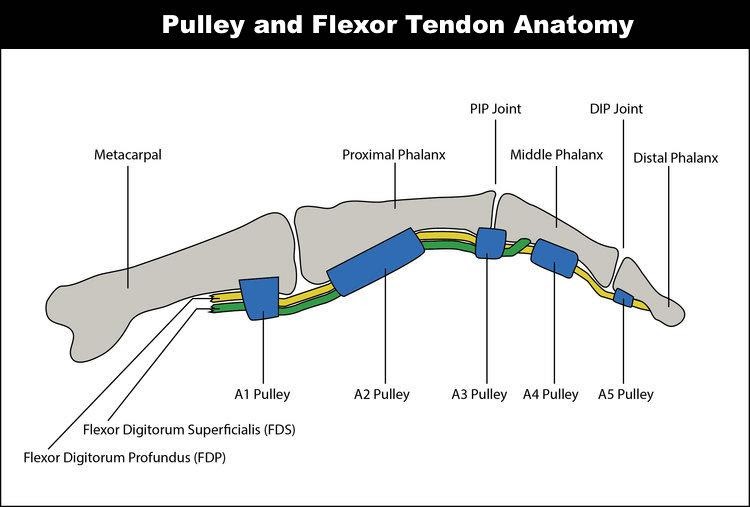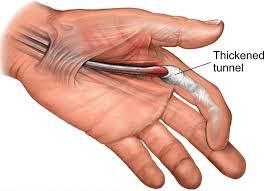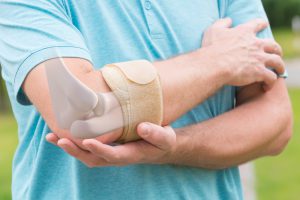The role of the hip flexors:
The hip flexor muscles include the iliacus and psoas major. Together these muscles act to lift the thigh up closer to the abdomen, which is the movement known as hip flexion. Excessive tightness of the hip flexor muscles is more likely to occur in certain people. It can lead to biomechanical abnormalities and be a source of pain.
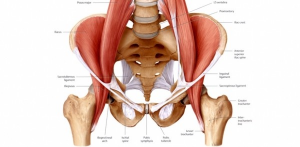
People that are more prone to hip flexor tightness:
People that have occupations that involve prolonged periods of sitting are prone to hip flexor tightness as the hips are in a sustained flexed position during sitting. People that engage in regular exercise such as running and cycling are also more prone to tight hip flexors. Sportspeople playing kicking sports such as soccer and football are also more likely to experience excessive flexor tightness as the kicking motion involves repetitive hip flexion movements.
The consequences of tight hip flexors:
Tight hip flexors can be a local source of pain around the hip joint which can be present during prolonged periods of sitting or during sporting activities that utilise the hip flexor muscles. Excessive tightness of the hip flexors can change lumbo-pelvic posture as it pulls the pelvis into an anteriorly tilted position. Increased anterior pelvic tilt increases the curve within the lumbar spine (lordosis) which in turn can cause the facet joint of the lumbar spine to be compressed more and tighten up surrounding back extensor muscles such as the erector spinae; this can lead to associated lower back pain.
Tight hip flexors and altered alignment of the pelvis can also lead to over-activity of the hip flexor muscles and altered neuromuscular activity of the gluteal and core muscles which can further be a source of hip pain.
Keeping in mind these exercises are just the basic exercise that we start off with to fully fix your knee injuries you will still need to continue to progress to harder and more functional exercises in order to feel pain free.
Here at Capital Physiotherapy, our physiotherapists are the experts in helping you to fix your hip/groin issues as well as all the discomfort that comes with it!
We can help you lead a healthier and pain free lifestyle.
Our physiotherapist will be able to give an individualised advice/ treatment plan that is tailored for your particular needs.
At Capital Physiotherapy, your initial appointment is 40-60minutes long. This allows our physios to be thorough in their assessment, as well as giving them enough time to give you treatment on the same consultation!
If you have physiotherapy concerns and questions, don’t hesitate visit us at any of our clinics like in Footscray suburb or you may do online booking with us. We also provide Telehealth Consultation for your safety and convenience during this pandemic.


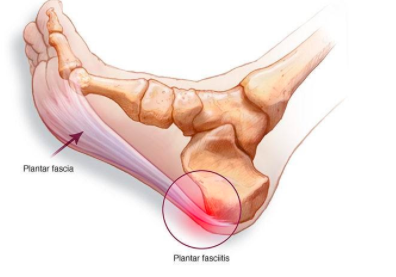
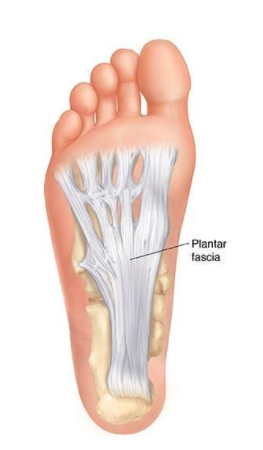
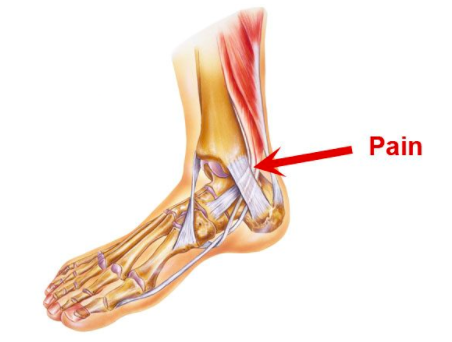
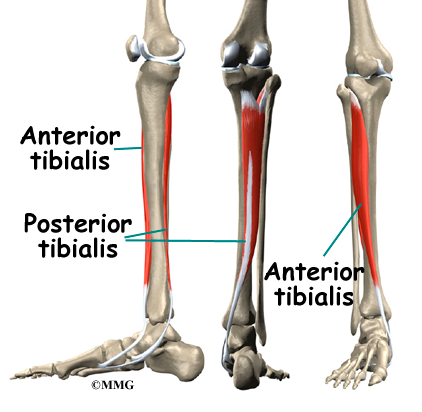
 With her wealth of clinical experience – in both public and private systems, Melanie is contactable at Capital Physiotherapy’s Hawthorn Physio clinic to provide you with the best physio treatment in the Hawthorn and for the surrounding suburbs.
With her wealth of clinical experience – in both public and private systems, Melanie is contactable at Capital Physiotherapy’s Hawthorn Physio clinic to provide you with the best physio treatment in the Hawthorn and for the surrounding suburbs.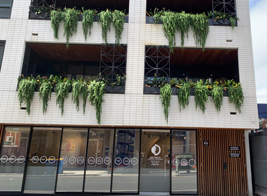
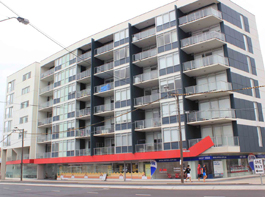
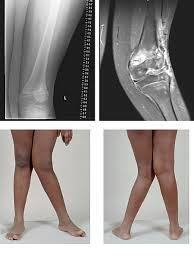
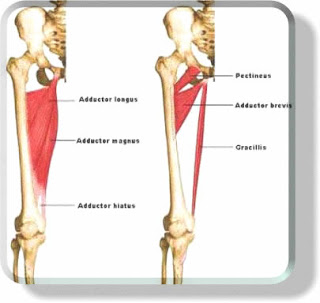
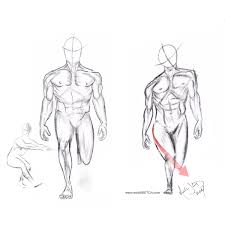
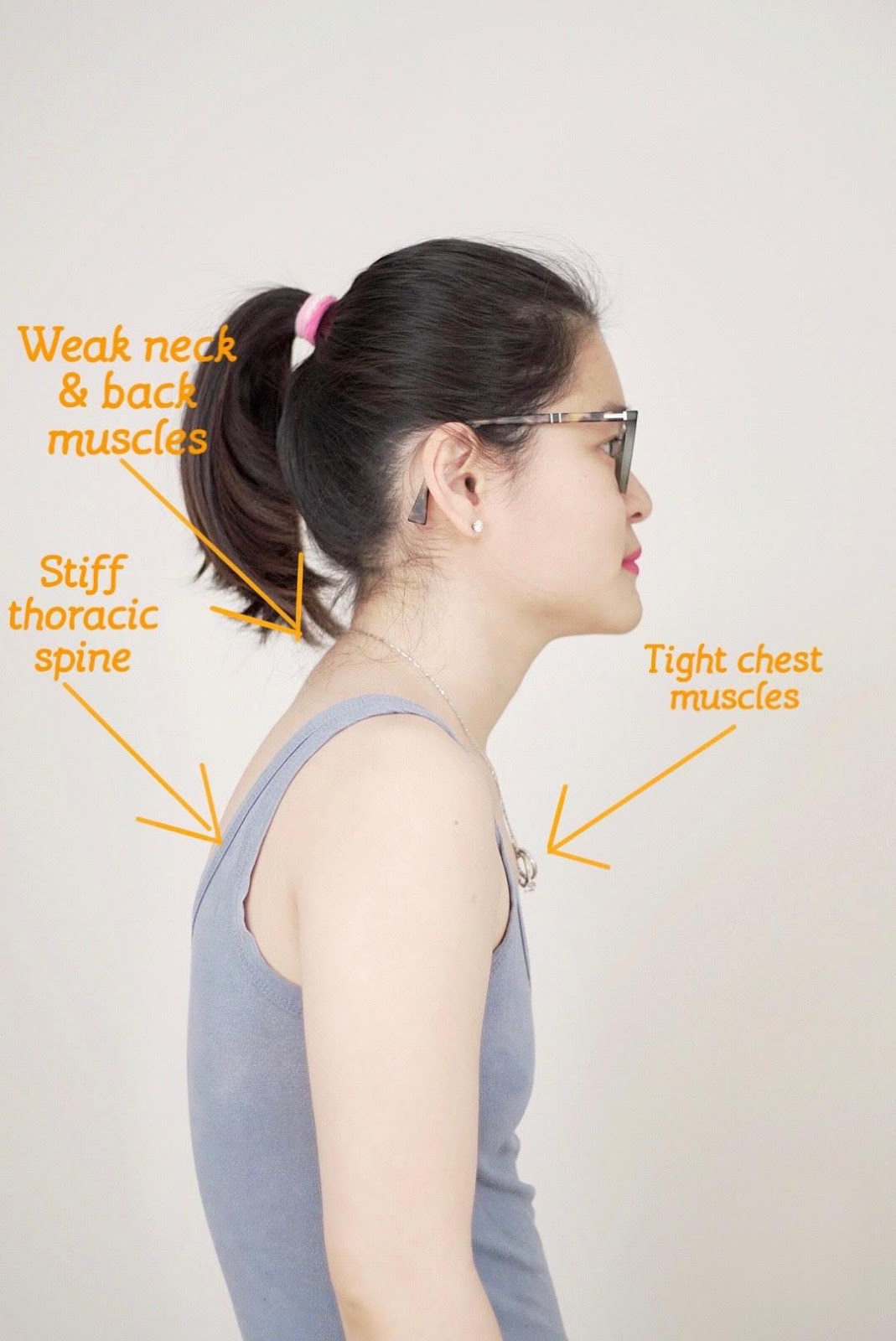 Rounded shoulders are mainly caused by:
Rounded shoulders are mainly caused by: